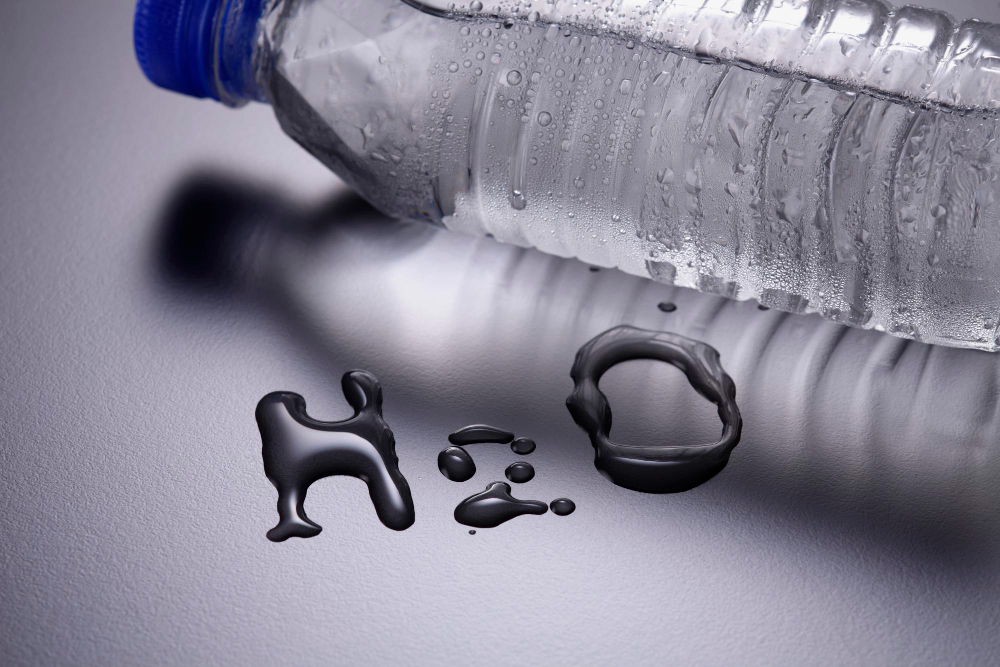HCOOCH CH₂ H₂O: Exploring Its Chemical Structure, Reactions, and Applications

Chemistry is a fascinating field that lores the interactions between different molecules and compounds. One such interesting combination is HCOOCH2 and H2O (water). These compounds play essential roles in various chemical reactions, industrial processes, and biological systems.
In this blog post, we will explore:
- The chemical structure and properties of HCOOCH2
- The role of H2O in chemical reactions
- How HCOOCH2 interacts with H2O
- Industrial and biological applications
- Safety considerations and environmental impact
By the end of this article, you will have a comprehensive understanding of these chemical entities and their significance in science and industry.
1. What is HCOOCH CH₂ H₂O?
HCOOCH CH₂ H₂O, also known as formyloxymethyl, is an organic compound derived from formic acid (HCOOH) and methanol (CH3OH). It consists of:
- A formyl group (HCO-)
- A methylene bridge (-CH2-)
- An oxygen linkage (-O-)
Chemical Structure and Properties
- Molecular Formula: C₂H₄O₂
- Molar Mass: 60.05 g/mol
- Boiling Point: Approximately 100-120°C (depending on conditions)
- Solubility: Moderately soluble in water, highly soluble in organic solvents
HCOOCH2 is often involved in esterification reactions, where it acts as an intermediate in the synthesis of more complex organic molecules.
2. The Role of H2O (Water) in Chemical Reactions
Water (H2O) is one of the most crucial solvents in chemistry due to its:
- Polarity – Allows it to dissolve ionic and polar substances
- High Heat Capacity – Helps regulate temperature in reactions
- Ability to Act as a Reactant or Product – Participates in hydrolysis, hydration, and dehydration reactions
Common Reactions Involving H2O
- Hydrolysis: Breaking bonds using water (e.g., ester hydrolysis).
- Hydration Reactions: Adding water to alkenes to form alcohols.
- Dehydration Synthesis: Removing water to form larger molecules (e.g., peptide bonds in proteins).
3. Interaction Between HCOOCH2 and H2O
When HCOOCH2 reacts with H2O, several possible reactions can occur, depending on conditions like temperature, pH, and catalysts.
Possible Reactions:
A. Hydrolysis of HCOOCH2
The most common reaction is hydrolysis, where water breaks the ester bond in HCOOCH2:
Reaction:HCOOCH2+H2O→HCOOH+CH2OHHCOOCH2+H2O→HCOOH+CH2OH
Products:
- Formic Acid (HCOOH) – A simple carboxylic acid
- Methanol Derivative (CH2OH) – A reactive intermediate
This reaction is important in organic synthesis and biodegradation processes.
B. Hydration Reaction
Under certain conditions, HCOOCH2 can undergo hydration, where water adds to the molecule without breaking it completely.
Reaction:HCOOCH2+H2O→HCOOCH2OHHCOOCH2+H2O→HCOOCH2OH
Product:
- A hydroxylated form of the original compound
4. Industrial and Biological Applications
A. Industrial Uses
- Chemical Synthesis
- HCOOCH2 is used in producing formaldehyde resins, which are essential in adhesives, coatings, and plastics.
- It serves as an intermediate in pharmaceutical manufacturing.
- Solvent Applications
- Due to its moderate solubility, it can be used in specialized organic reactions.
- Fuel Additives
- Some derivatives of HCOOCH2 are explored as biofuel components.
B. Biological Significance
- Metabolic Pathways: Some microorganisms metabolize HCOOCH2 derivatives.
- Biodegradation: HCOOCH2 can break down into non-toxic compounds in the environment.
5. Safety and Environmental Impact
A. Handling Precautions
- HCOOCH2 can be irritating to the skin and eyes.
- Proper ventilation is required when working with this compound.
- Storage should be in cool, dry places away from strong oxidizers.
B. Environmental Considerations
- If released into water bodies, HCOOCH2 can undergo hydrolysis, forming formic acid, which may lower pH levels.
- Proper disposal methods must be followed to prevent ecosystem damage.
6. Future Research and Developments
Scientists are exploring:
- Green Chemistry Approaches: Using HCOOCH2 in sustainable synthesis.
- Biofuel Innovations: Modifying HCOOCH2 derivatives for cleaner energy.
- Medical Applications: Investigating its role in drug delivery systems.
Conclusion
The interaction between HCOOCH2 and H2O is a fundamental chemical process with wide-ranging implications in industry, biology, and environmental science. Understanding these reactions helps chemists develop better synthetic methods, improve industrial processes, and ensure environmental safety.
As research progresses, we may discover even more innovative applications for these compounds, further highlighting their importance in modern chemistry.
FAQs
Q1. Is HCOOCH2 toxic?
- It can be harmful if inhaled or ingested, so proper safety measures are necessary.
Q2. Can HCOOCH2 dissolve in water?
- Yes, but its solubility depends on temperature and pH.
Q3. What industries use HCOOCH2 the most?
- Pharmaceuticals, plastics, and adhesive manufacturing.
Q4. How does H2O affect HCOOCH2 stability?
- Water can hydrolyze HCOOCH2, breaking it down into smaller molecules.
Q5. Are there eco-friendly alternatives to HCOOCH2?
- Researchers are exploring bio-based esters as sustainable alternatives.



















